"We will need to rethink what it means to be British": the first Briton turned out to be a black migrant
In 1903, the oldest fully preserved skeleton in the UK, known as the Cheddar Man, or Cheddar man, was found in Somerset County: he lived more than 9,000 years ago. A century later, on February 7, 2018, the staff of the London Museum of Natural History presented a reconstruction of the head of the Cheddar man. A documentary about the study was called "The First Briton: Secrets of a Ten-thousand-year-old Man." It showed a 76% probability that the first modern Briton had blue-black skin — in previous attempts to recreate the appearance of the Cheddar man, scientists portrayed him more like a modern European.
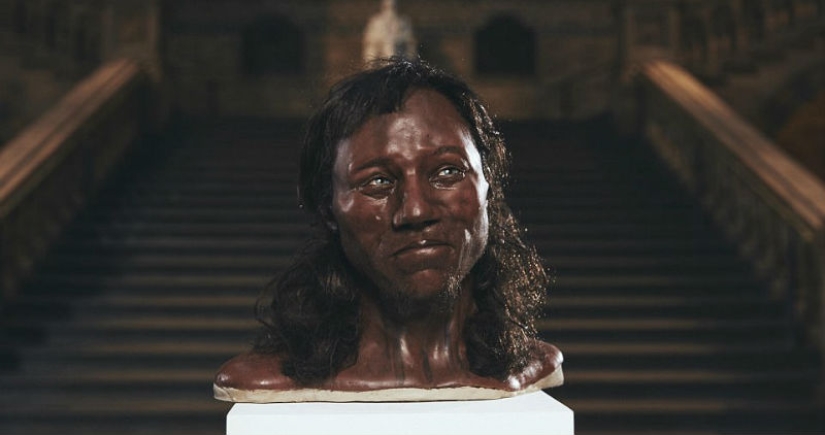
Source: The Guardian
In 2018, researchers at the British Museum of Natural History obtained DNA samples from the skeletal bone tissue by drilling a two-millimeter hole in his skull for this purpose.

Thanks to new DNA testing technologies, scientists were able to extract the complete genome of a man and find out what he looked like.

A previous reconstruction of the face of a man from Cheddar, made by scientists at the University of Manchester
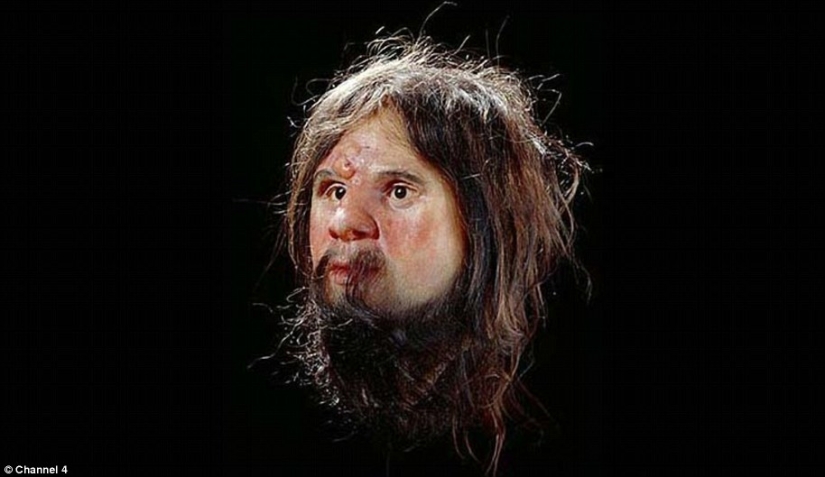
Researchers have tried several times to reconstruct his appearance, but they were not based on DNA data — only on the shape of the skull and their ideas about the first inhabitants of the island
An in-depth study of DNA and reconstruction of the skull showed that the Cheddar man had almost black skin, dark curly hair and blue eyes.
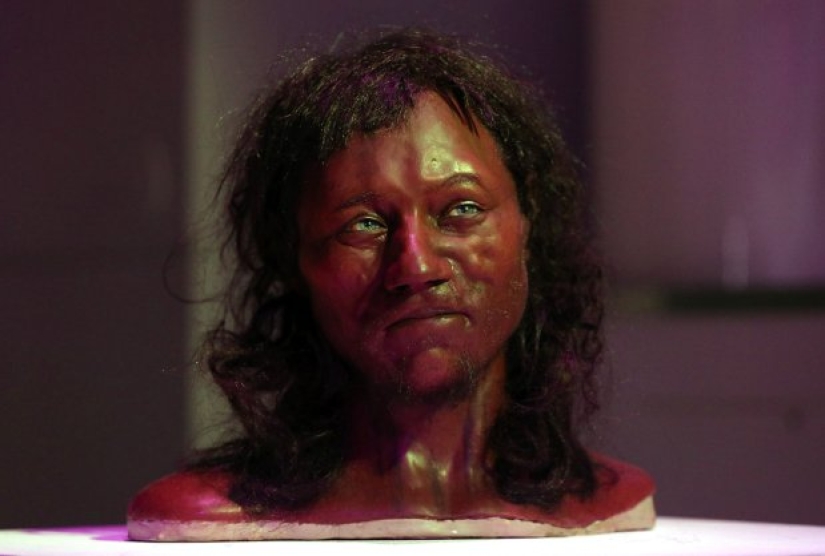
It turned out that the ancestors of this man came from the Middle East, where they came from Africa after the ice Age. Then they presumably went west and crossed the Doggerland landmass, which used to connect Great Britain with continental Europe. According to researchers, about 10% of the current white residents of the UK are descendants of those people.
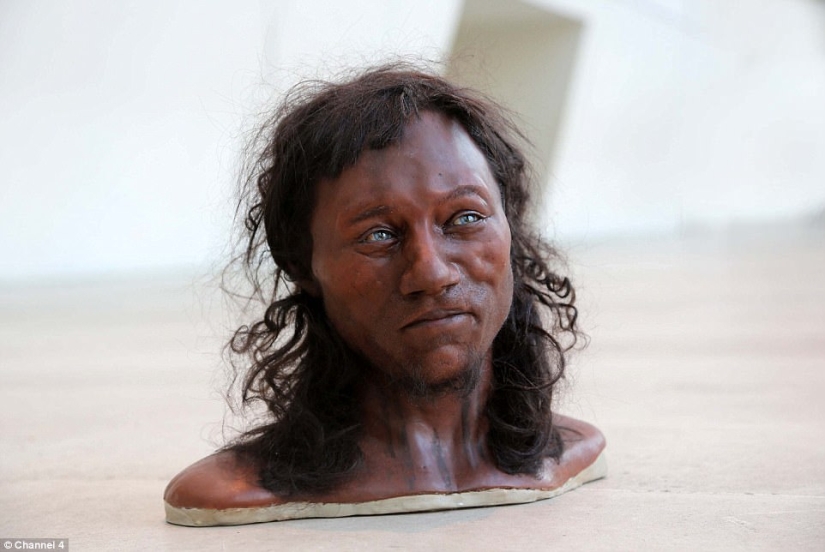
It turned out that the inhabitants of Europe received light skin much later than was commonly thought. Changes occurred under the influence of climate and, possibly, nutrition. According to Professor Mark Thomas, this happened at a time when people began to engage in agriculture and eat less meat. If they used to get vitamin D from the liver and fish, now they needed to get it from sunlight, so the skin had to lighten.
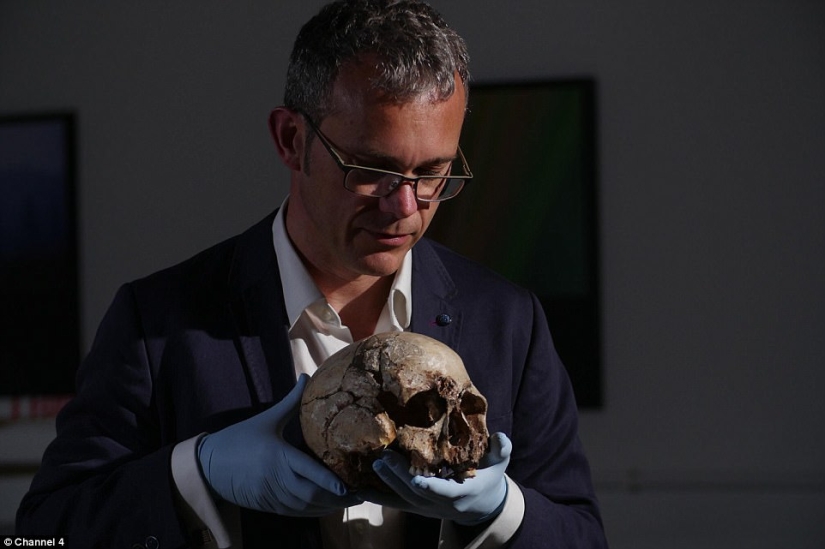
Dr. Tom Booth, a scientist at the Natural History Museum, called the results extraordinary. In a documentary about a Cheddar man, he says: "If such a man lived today, we would call him dark-skinned. His skin is darker than you would expect from a European. This proves that our imaginary categories of races are very recent constructs that are completely inapplicable to the past." Professor of Archaeology at Oxford University Dr. Rick Schulting stated: "We may need to rethink modern ideas about what it means to be British and what it should look like."
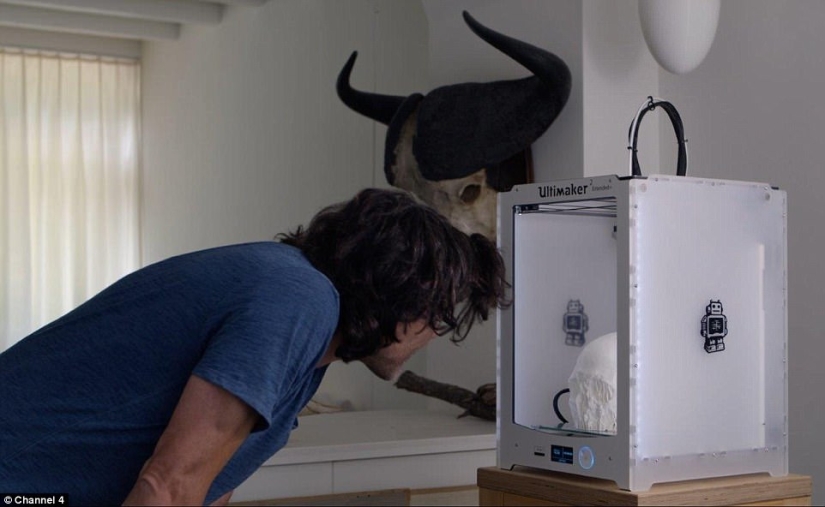
Scientists also studied the DNA of 20 modern residents of the village of Cheddar and found two relatives of the same Cheddar man. Also, genetic matches with it have been found in the remains of ancient people in Western Europe, including Spain, Hungary and Luxembourg.
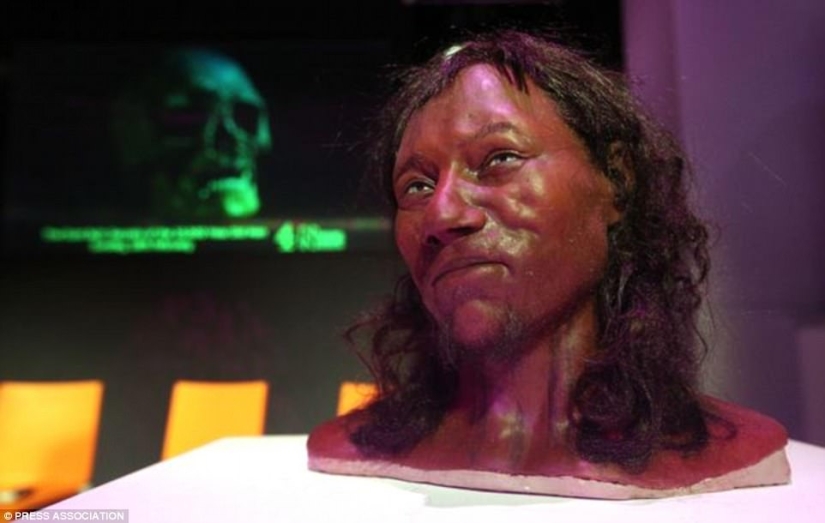
The results of the study of the genome of the Cheddar man indicate that his body could not digest milk and dairy products in adulthood. This amused some Internet users: they began to joke about the connection between the Cheddar man and Cheddar cheese, which is produced in the same village in Somerset County.
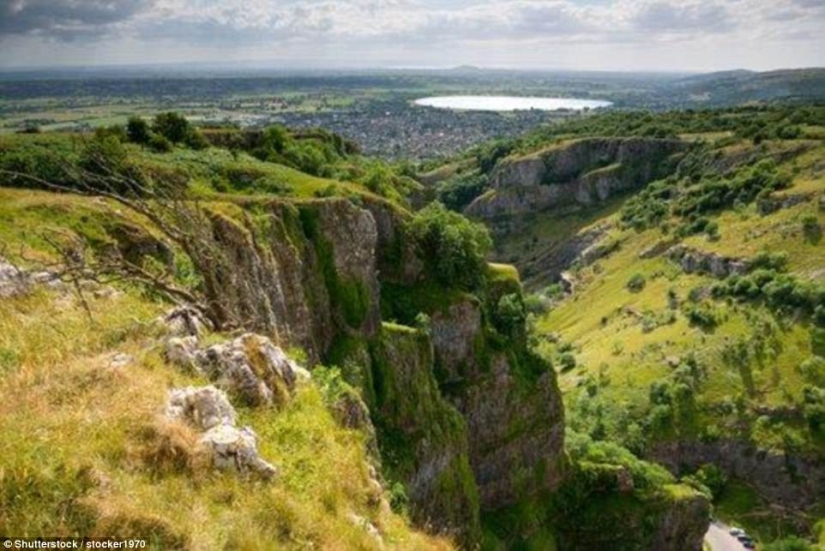
The remains of the Cheddar man were discovered 115 years ago by Richard Gough in a cave (which was later named after him) located in the Cheddar Gorge. The Cheddar man was 164 centimeters tall and weighed about 63 kilograms. He died at the age of about 20 years of violent death, as indicated by a large hole in the skull. Other remains in the Gough Cave relate to cannibal rituals, trophy displays and secondary burials of prehistoric people.
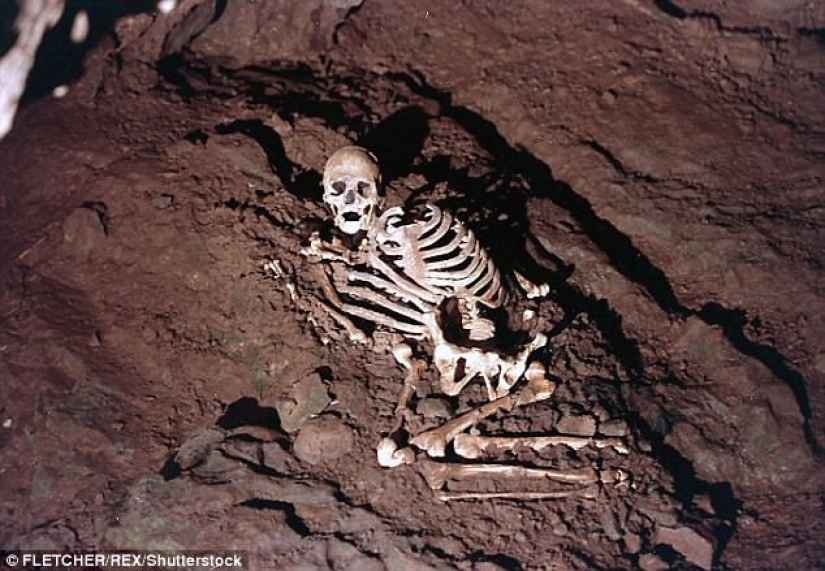
The Cheddar man lived in Britain when the population of the island was only 12 thousand people. Although the previous populations had settled on the island long before, they were wiped out by its appearance. In Britain, there are earlier finds with the remains of representatives of the human species, but these skeletons have not been completely preserved. In 1927, in a Kent cave (Torquay, Devon), a jaw with teeth of a representative of the species Homo sapiens was found, which presumably lived from 37 to 40 thousand years ago — and according to the latest calculations, even 41.5-44.2 thousand years ago. Some scientists doubted the correctness of this classification and suggested that the jaw actually belongs to a Neanderthal.
Keywords: Archaeology | British | Great britain | Antiquity | Ancestors
Post News ArticleRecent articles

There are dolls very similar to living people. And there are so realistic that their appearance can only be explained by magic. ...

Japan is deservedly considered one of the safest countries in the world. Even organized crime there has a "human face" ...
Related articles

In the color portraits of the 1870s, colored by the colorization expert Tom Marshall, children look at the lens too severely and ...

Among the Russian who migrated to the North, there existed legends about the mysterious people of the white-eyed Chud, who was ...

Historians believed that during the Bronze age, Northern Europe was a backward region. However, findings on the German river ...

Famous British photographer Bob Carlos Clarke was born in an Irish corps in 1950. In 1969 he moved to England to study art and ...